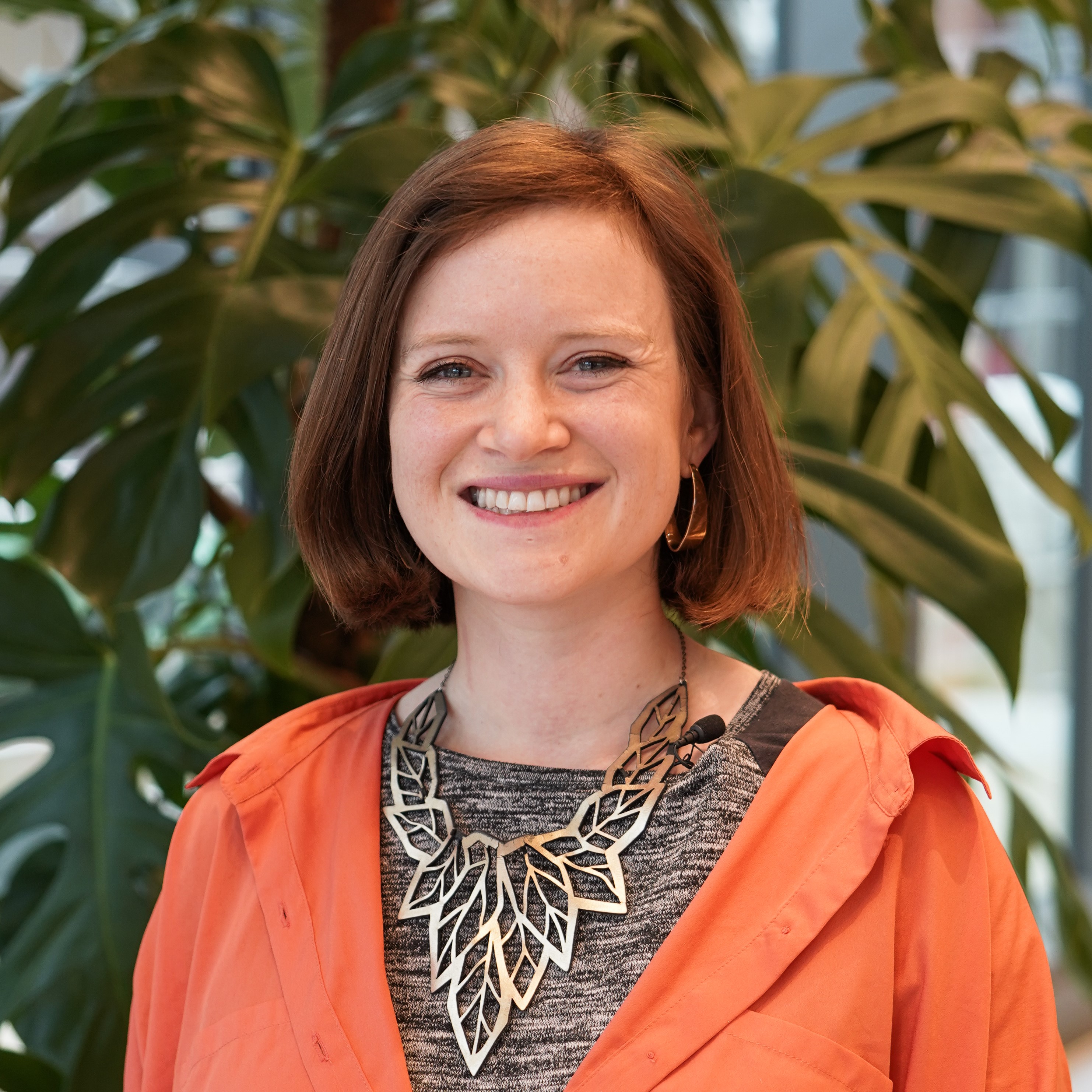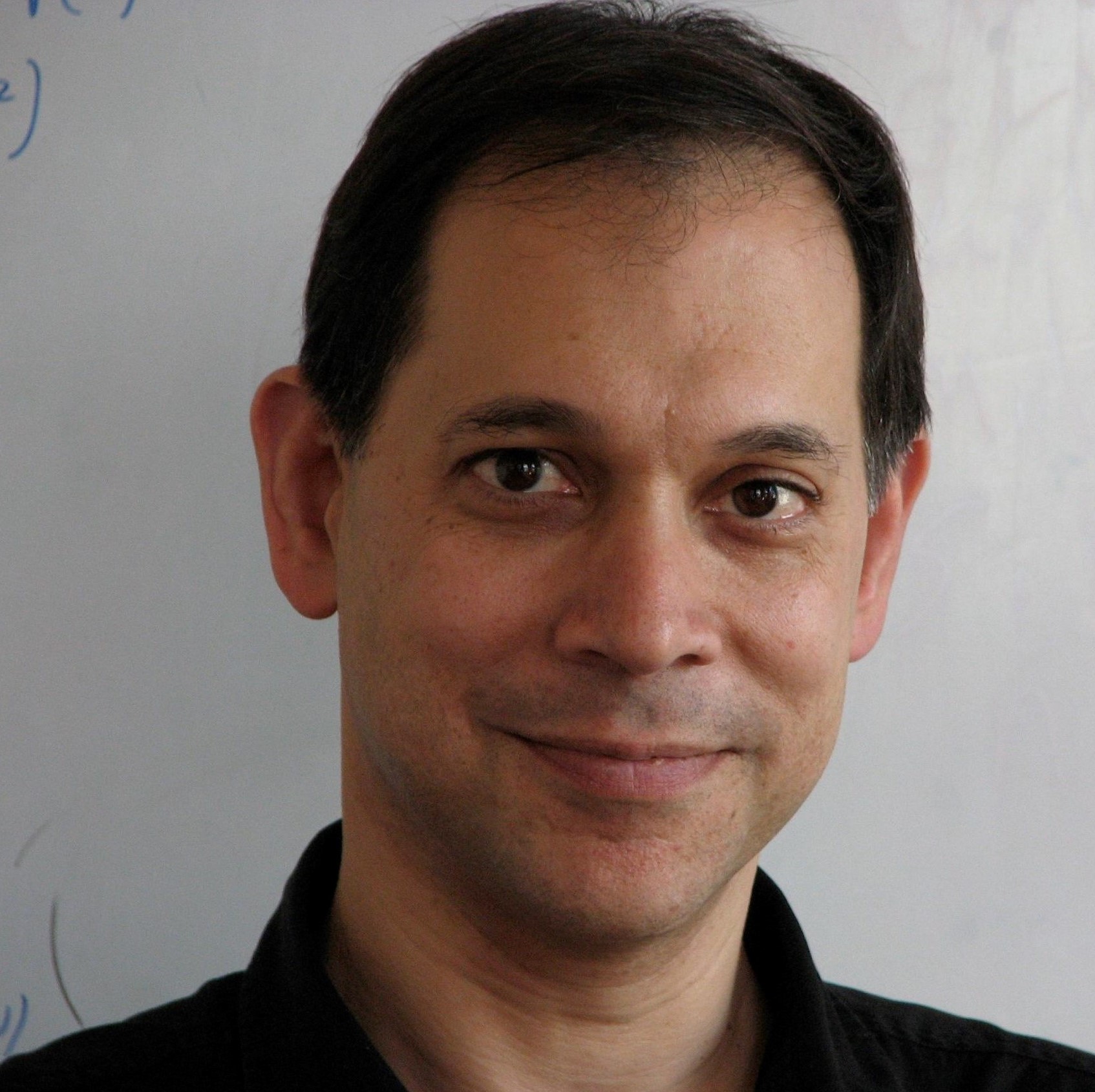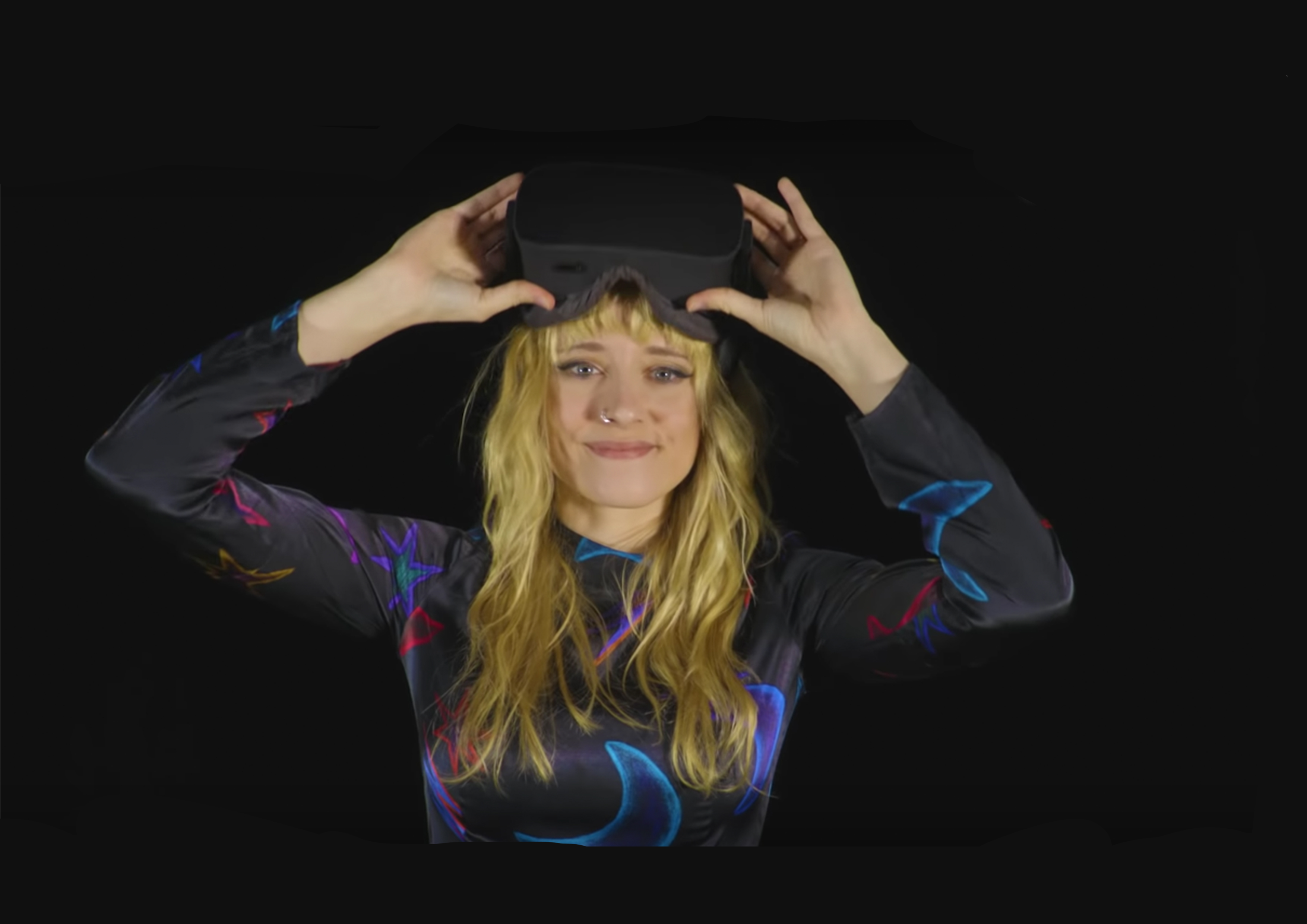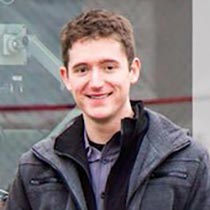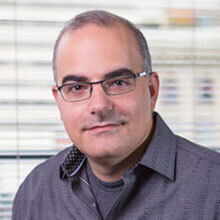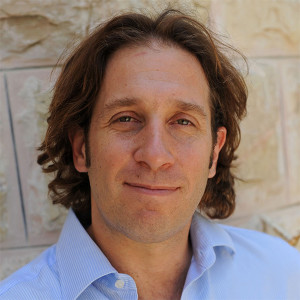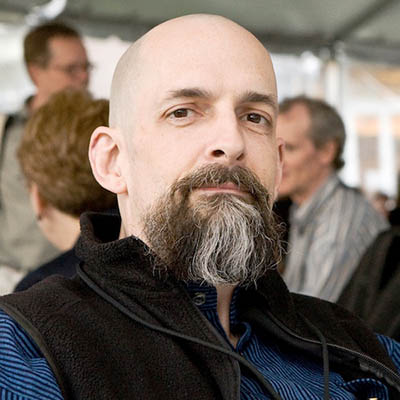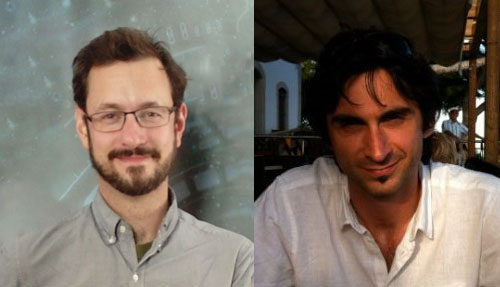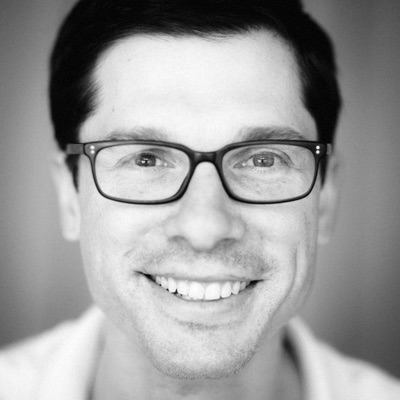The Reality Lab Lectures bring important researchers and practitioners from a variety of disciplines to the University of Washington to present their work in Augmented, Virtual, and Mixed Reality and to discuss the past and future of the field.
These lectures are free and ordinarily open to the public, but due to the health concerns around COVID-19, the lectures from 2020 onward have been held virtually and later posted to our YouTube channel. Subscribe to be notified of recently uploaded talks!

Lectures at a Glance
- February 28th, 2023: Thomas Lewis
- February 21th, 2023: Mark Billinghurst
- January 31th, 2023: Ben Poole
- February 22th, 2022: Chloe LeGendre
- February 15th, 2022: Bob Crockett
- February 1st, 2022: Meredith Ringel Morris
- January 25th, 2022: Sebastià Amengual Garí
- May 25th, 2021: Sarah Ticho
- May 11th, 2021: Andreea Ion Cojocaru
- April 27th, 2021: Andy Wilson
- April 20th, 2021: David Smith
- May 26th, 2020: Ken Perlin
- May 19th, 2020: Brian Schowengerdt
- May 12th, 2020: Rosie Summers
- April 28th, 2020: Uma & Jay Jayaram
- April 21st, 2020: Mar Gonzalez Franco
- April 7th, 2020: Henry Fuchs
- May 28th, 2019: Yelena Rachitsky
- May 21st, 2019: Philip Rosedale
- May 14th, 2019: Jessica Brillhart
- May 7th, 2019: Yaser Sheikh
- April 29th, 2019: Timoni West
- April 23rd, 2019: Andrew Rabinovich
- April 9th, 2019: Tom Furness
- December 4th, 2018: VR Startup Panel
- November 27th, 2018: Shahram Izadi
- November 20th, 2018: Cassidy Curtis
- November 6th, 2018: Gordon Stoll
- October 30th, 2018: Paul Debevec
- October 23rd, 2018: Jeremy Bailenson
- October 16th, 2018: Doug Lanman
- October 9th, 2018: Ben Lok
- June 8th, 2018: Gordon Wetzstein
- May 31st, 2016: Neal Stephenson
- May 24th, 2016: D. Skillman & P. Hackett
- May 17th, 2016: Michael Gourlay
- May 3rd, 2016: Michael Abrash
- April 26th, 2016: Steve Sullivan
- April 19th, 2016: Clay Bavor
- April 12th, 2016: Ashraf Michail
- April 5th, 2016: Brian Murphy
- March 29th, 2016: Nick Whiting










